Summing data in Google Sheets is a fundamental operation that helps in analyzing and interpreting numerical information effectively. Whether you're aggregating sales figures, calculating total expenses, or adding up scores, knowing how to quickly total a column is essential.
Summing a Column in Google Sheets Using the Function Menu
One of the simplest ways to total a column in Google Sheets is by using the built-in Function menu. This method allows you to insert the SUM function without manually typing it, making the process quicker and reducing the chance of errors.
Step 1: Select the cell where you want the total to appear. This cell will display the sum of your column.
Step 2: Navigate to the taskbar at the top of the Google Sheets interface. Click on the '∑' symbol, which represents the Functions shortcut. From the dropdown menu, choose the 'SUM' function.

The 'SUM()' function will be automatically inserted into the selected cell.
Step 3: Specify the range of cells you want to sum. You can do this by clicking and dragging over the cells in the column or by typing the range directly into the function. For example, to sum cells A1 through A12, the function would look like '=SUM(A1:A12)'.
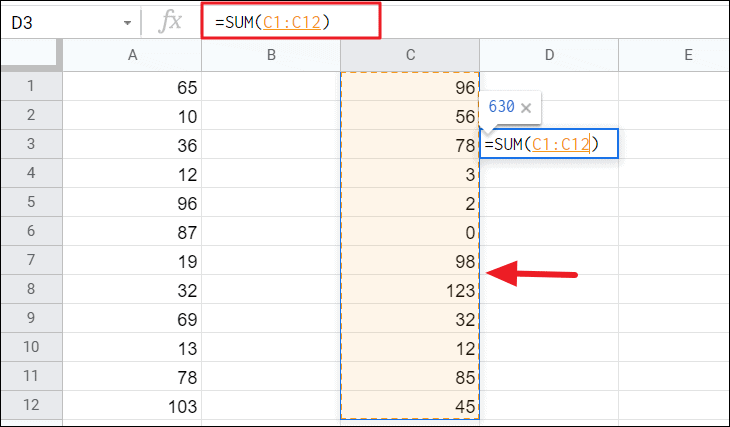
Step 4: Press Enter to complete the function. The total of the specified column will now display in the cell you selected.

This method is dynamic, meaning if any values in the range change, the total will automatically update to reflect the new sum.
Summing a Column Using the SUM Function Manually
You can also sum a column by typing the SUM function directly into a cell. This method gives you more control over the function and is useful if you're comfortable with writing formulas.
Step 1: Enter your data into the spreadsheet across the cells in a column.
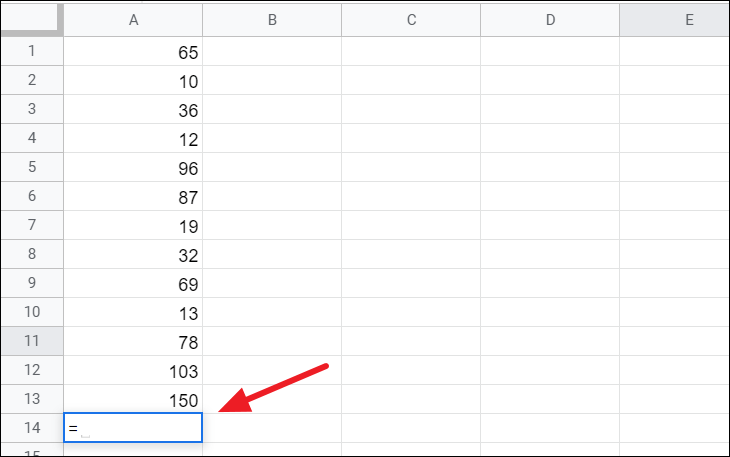
Step 2: Click on the cell where you want the total to appear.
Step 3: Type an equal sign '=' to start the function, followed by 'SUM('. The equal sign tells Google Sheets that you're entering a function.
Step 4: Enter the range of cells you wish to sum. For example, 'A1:A12' to sum from cell A1 to A12.
=SUM(A1:A12)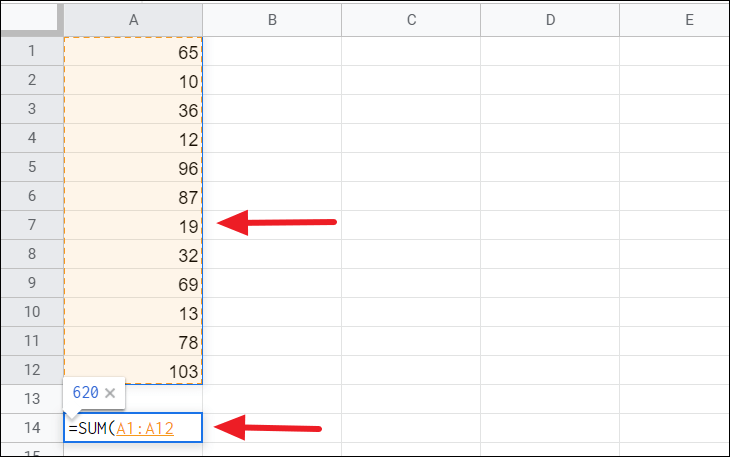
Step 5: Close the parenthesis ')' and press Enter. The sum of the specified cells will display in the cell.
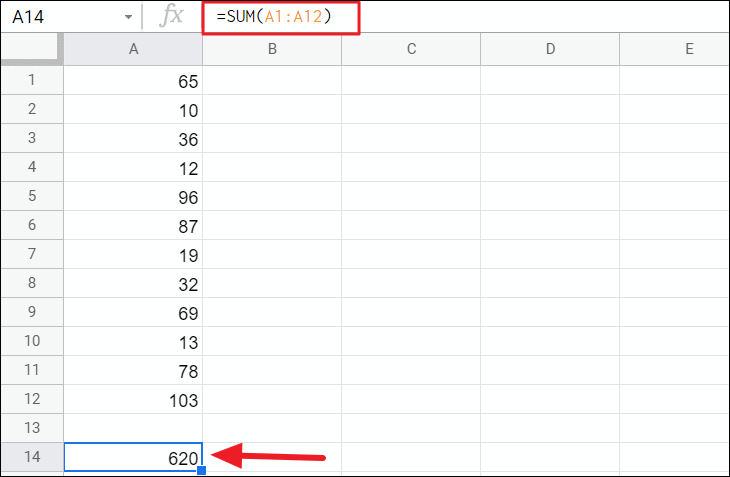
This method is also dynamic. Any changes to the cells within the range will automatically update the total.
Summing an Entire Column in Google Sheets
When you need to sum an entire column, especially if it contains a large number of cells, you can include the entire column in your SUM function without specifying individual cells.
Step 1: Click on the cell where you want the total to appear.
Step 2: Type the SUM function with the column reference. For example, to sum all cells in column C, you would enter '=SUM(C:C)'.
=SUM(C:C)Make sure not to place this formula in the same column you're summing, as it could create a circular reference error.
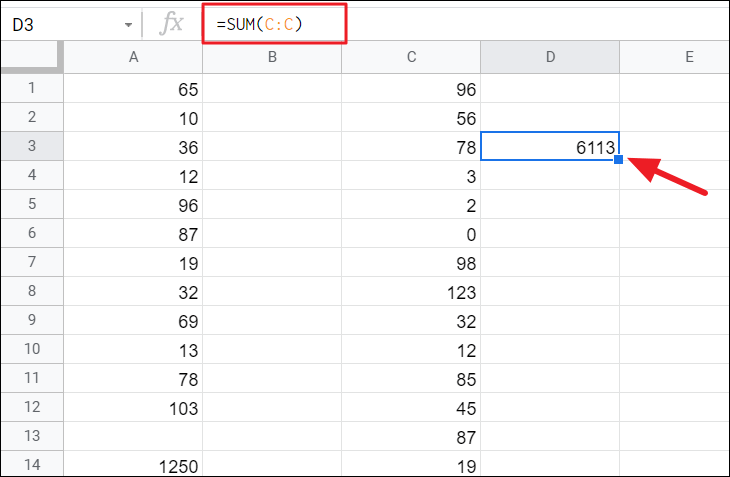
Using the Menu Bar to Insert the SUM Function
Another way to insert the SUM function is through the menu bar. This method is helpful if you prefer navigating through menus instead of typing functions.
Step 1: Select the cell where you want the total to appear.
Step 2: Click on the 'Insert' menu at the top of the Google Sheets window.
Step 3: Hover over 'Function' in the dropdown menu, and then select 'SUM' from the list of functions.

The SUM function will be inserted into the selected cell.
Step 4: Enter the range of cells or select them directly to include in your sum, then press Enter.
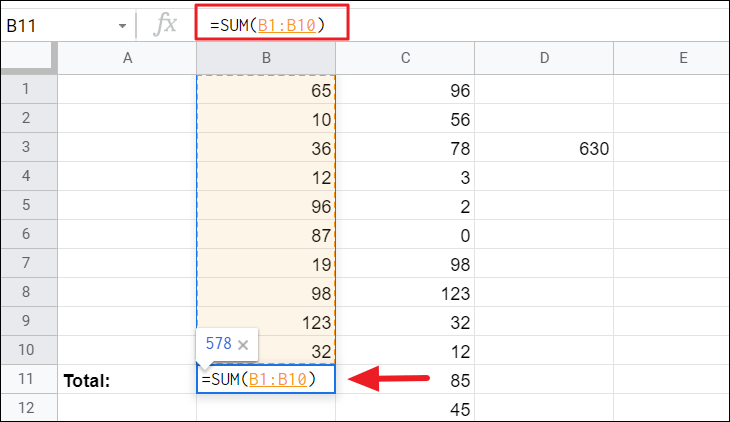
The total will now display in the cell, and it will update automatically if any of the included cells change.
Summing columns in Google Sheets is a straightforward process, whether you prefer using the Function menu, typing the function manually, or utilizing the menu bar. These methods help you efficiently calculate totals and keep your data analysis accurate and up-to-date.











Member discussion